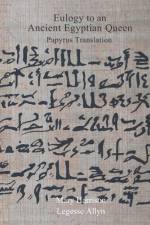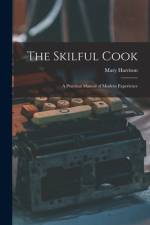- Papyrus Translation
av Mary Harrison
351
I was contacted initially to translate the papyrus, of which the owner wasn't sure if it was an authentic ancient papyrus. I have to admit, when I first looked at it, I wasn't sure either. I have retranslated many ancient documents over the past 10 years, including the Rosetta Stone, section 1 of the Papyrus of Ani, and many other ancient texts in ancient Hebrew (Proto Sinaitic), Aramaic (Syriac), Cuneiform, ancient written Greek and more. There are always surprises. This papyrus probably surprised me more than it should have, but there has been an assault on ancient texts written about ancient women, being intentionally translated inaccurately. So to see this papyrus, I was surprised this one slipped though the mistranslation mill. In the papyrus a queen is described as intelligent, beautiful and a fair ruler. She is described as being a professional, a merchant who produces food for her citizens. In many ways, including these, she is described in a way women today would like to be remembered, more than just looks. The papyrus says she was a visionary and a strong woman. This papyrus was found in a house that was being emptied after the owner passed away. It was found with a photo of who was likely the owner. The question is how did the original owner come to be in possession of such a beautifully written eulogy to an ancient Egyptian queen? There was no translation found with the papyrus. The question of its authenticity is overwhelming. Is it truly an ancient papyrus from ancient Egypt? The writing style is similar to what is called the Edwin Smith Papyrus. In fact, the writing looks like it was written during the same period of that papyrus. According to the Wikipedia article about it, "The Edwin Smith Papyrus is an ancient Egyptian medical text, named after Edwin Smith who bought it in 1862, and the oldest known surgical treatise on trauma... It dates to Dynasties 16-17 of the Second Intermediate Period in ancient Egypt, c. 1600 BCE." Is it possible this papyrus was purchased in the same way as was the Edwin Smith Papyrus? Possibly by a collector? This has become an issue, ancient Egyptian papyri taken out of Egypt or otherwise sold illegally without the authority and approval of the Egyptian Ministry of Antiquities. We don't know about its authenticity, and if it is authentic at all, nor how it was removed from Egypt. But we would like to know and possibly return it to Egypt where it may belong. As for now, if it is authentic, it is an orphan. Separated from its other family of papyri where it rightfully belongs. This book is a way to, hopefully, bring attention to it, so that it can be authenticated, identified and returned to Egypt where it belongs. If you have any information about this papyrus, or if you would like to be part of its authentication and return to Egypt, you are encouraged to contact us at the email address listed on the copyright page of this book. Thank you.





